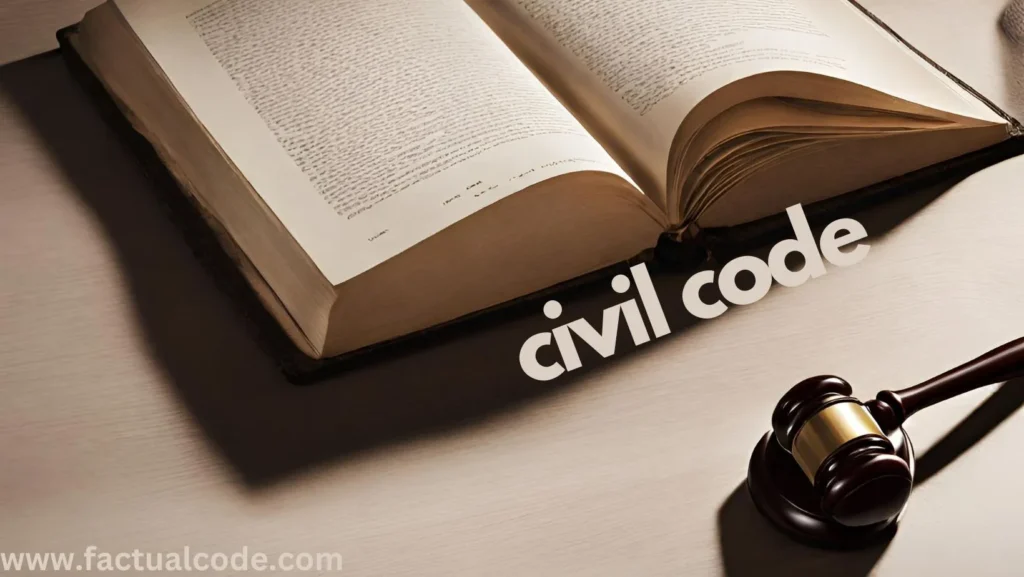Introduction
In civil proceedings, the concepts of Reference and Review are essential tools to maintain the accuracy, fairness, and efficiency of the judicial process. While both mechanisms offer a way to address doubts or errors, they operate under distinct principles. Reference is used by subordinate courts to seek guidance from the High Court on questions of law, while Review allows the court that passed a decree or order to re-examine it to correct errors.
This post will present the 10 key differences between Reference and Review with clear visuals to enhance understanding.
What is Reference?
Reference under Section 113 and Order 46 of the CPC allows a subordinate court to refer a case to the High Court for clarification on a substantial question of law. The objective is to avoid legal misinterpretation by the subordinate courts.
Key Features of Reference
- Relevant Provision: Section 113, Order 46 CPC
- Purpose: To seek clarification on a question of law.
- Initiator: The subordinate court (suo moto) or on the application of a party.
- Jurisdiction: The High Court gives its opinion on the matter.
- Stage: During the proceedings of a case (while the case is pending).
- Result: The opinion of the High Court is binding on the subordinate court.
What is Review?
Review under Section 114 and Order 47 of the CPC provides a mechanism for the same court that passed the order or decree to re-examine its decision in case of a mistake or error. The aim is to ensure justice is served by rectifying errors apparent on the face of the record.
Key Features of Review
- Relevant Provision: Section 114, Order 47 CPC
- Purpose: To correct mistakes or errors in the decree or order.
- Initiator: Aggrieved party files a review application.
- Jurisdiction: The same court that passed the order or decree.
- Stage: After the order or decree has been passed.
- Result: The court may modify, reverse, or affirm its earlier decision.
Difference Between Reference and Review
| Criteria | Reference | Review |
|---|---|---|
| Definition | Seeks High Court's guidance on a question of law. | Re-examination of a decree or order by the same court. |
| Section | Section 113, Order 46 CPC | Section 114, Order 47 CPC |
| Purpose | To avoid misinterpretation of the law. | To correct mistakes or errors in the decree or order. |
| Who Can File? | Subordinate court (suo moto) or on application of a party. | Aggrieved party files a review application. |
| Jurisdiction | High Court | Same court that passed the decree or order |
| Outcome | Opinion of the High Court is binding. | Order may be modified, reversed, or confirmed. |
Copyright © 2024 FactualCode.com
Reference vs Review Flowchart
Reference
Review
Copyright © 2024 FactualCode.com
Case Laws on Reference and Review
Reference
- Diwali Bai v. Sadashivdas: Reference must be made before passing judgment.
- Banarasi Yadav v. Krishna Chandra: Hypothetical questions cannot be referred.
- Ramakant Bindal v. State of U.P.: Reference cannot be made by a tribunal.
Review
- Ram Baksh v. Rajeshwari Kunwar: Review is allowed even if the appeal is dismissed.
- Reliance Industries Ltd. v. Pravinbhai: If the judge who passed the order is not available, another judge may review it.
- S. Nagraj v. State of Karnataka: Sufficient reason for review includes misinterpretation of facts.
How to Remember the Difference?
- Reference = R = “Refer” to a higher court.
- Review = R = “Re-check” the decision of the same court.
Conclusion
Reference and Review are essential legal remedies under the Civil Procedure Code (CPC) to ensure justice and avoid legal errors. While Reference seeks guidance from the High Court on a point of law, Review allows self-correction of errors by the same court. Both remedies are integral to the Indian judicial system’s fairness and efficiency.
References- THE CODE OF CIVIL PROCEDURE, 1908 blog.ipleaders.in www.drishtijudiciary.com Section 113 Order 46 of the CPC Section 114 Order 47 of the CPC Diwali Bai v. Sadashivdas Banarasi Yadav v. Krishna Chandra Ramakant Bindal v. State of U.P Ram Baksh v. Rajeshwari Kunwar Reliance Industries Ltd. v. Pravinbhai S. Nagraj v. State of Karnataka

